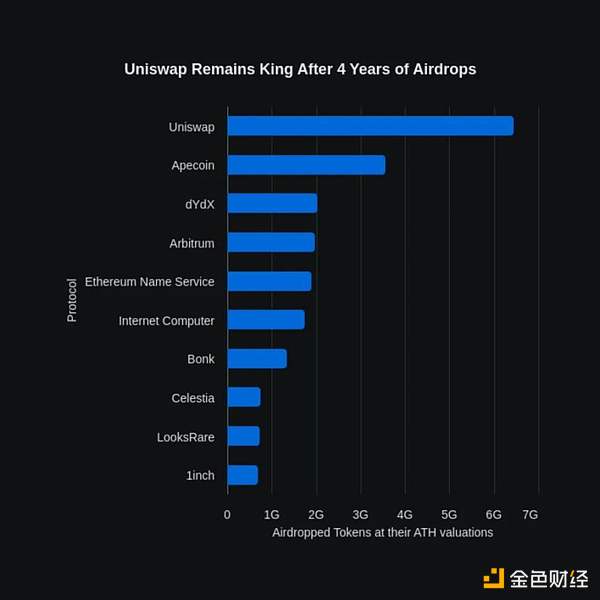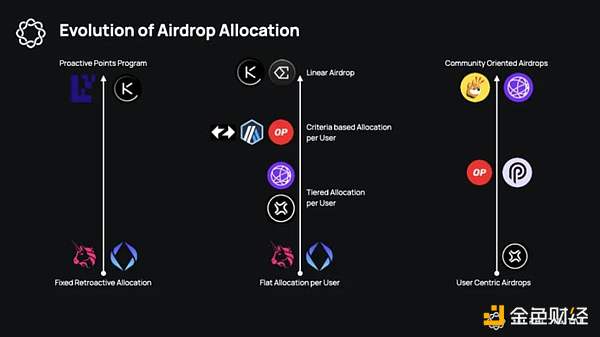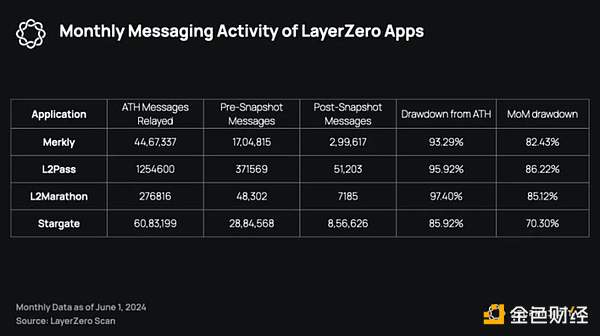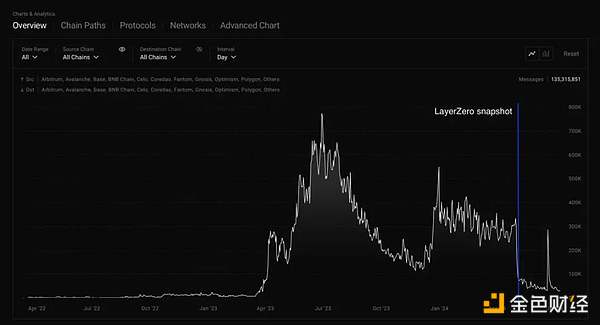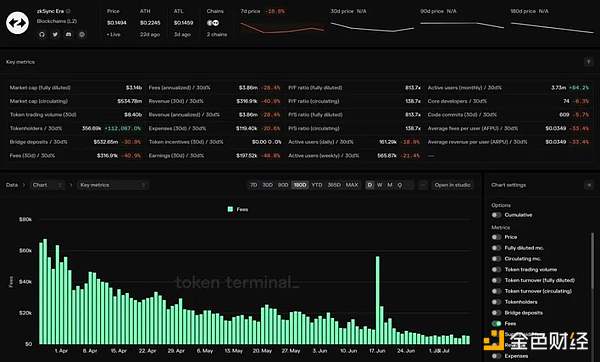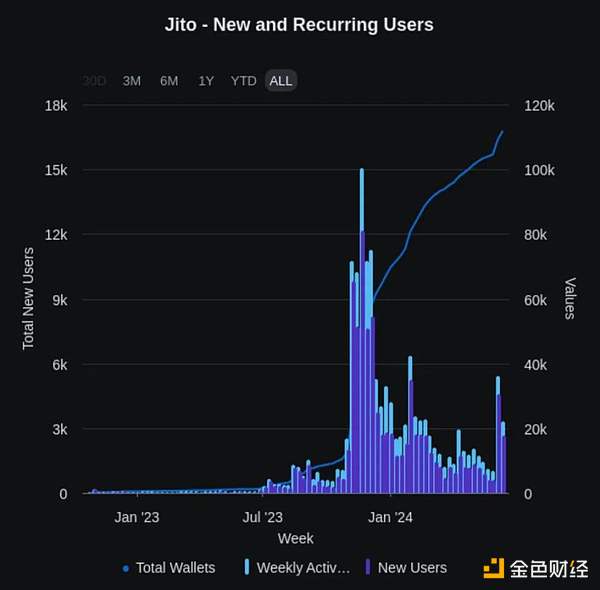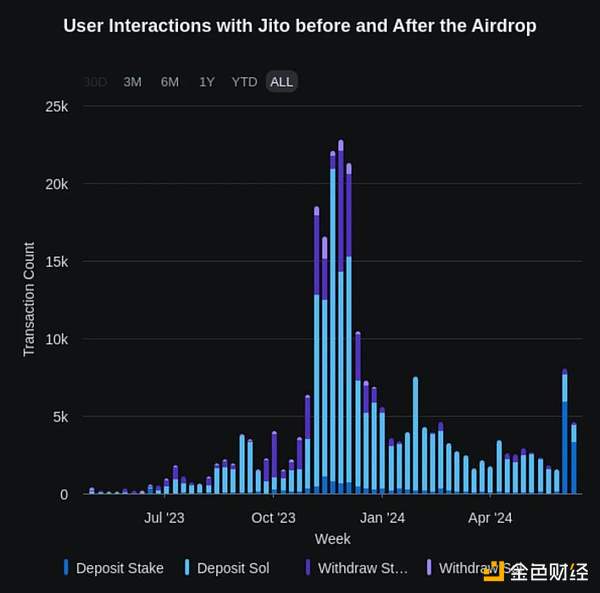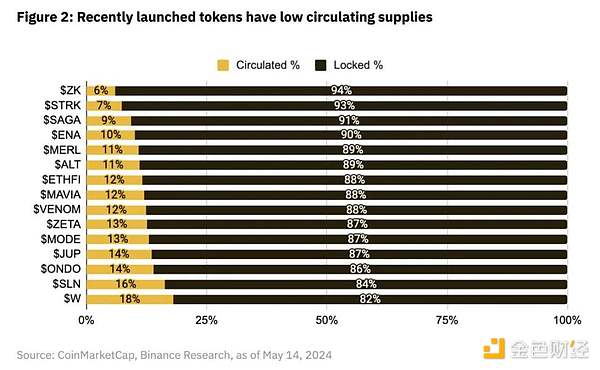Author: Cyber K Source: X, @Baize_Research
Delphi recently released the report "Is Airdrop Pros or Cons?", which uses data to speak and provides interesting insights.
Uniswap's $UNI airdrop is a historic moment for Web3. Even four years later, it is still the largest airdrop event in history, with a total value of $6.4 billion at its peak. Since then, the Web3 industry has undergone major changes. New protocols usually use Airdrop strategies to obtain early users and impressive data, and a large number of airdrop hunters/fleecing users have also appeared.
To date, the 50 largest airdrop events in Web3 have distributed a total value of more than $26.6 billion, and this "free money" opportunity has not gone unnoticed. Now, every high-quality project will attract a large number of users after its release, who are eager to exchange the initial airdrop tokens for the lowest possible cost (time, attention and Gas).
Therefore, new protocols have developed new airdrop standards and anti-sybil measures:
The earliest was the fixed reward system (Uniswap)
Then there was the tiered airdrop (Jito)
Optimism pioneered the multiple airdrop standards
Now, new protocols prefer a points system
However, for many protocols popular with the money-grabbing party, the main problem with airdrops is the bubble effect:
Once the snapshot is over, the utilization indicator will drop sharply.
Let’s take the popular project Layerzero as an example
Since April, @StargateFinance’s cross-chain transaction volume has dropped sharply from US$1.67 billion to US$406.7 million, a decrease of about 75%. I personally didn't interact specifically for the airdrop, just for cross-chain use, so the airdrop was natural - about $400. L0 is not a special case, this phenomenon is very common.
Before the $ZK airdrop, @zksync's Daily Fees were almost on par with Arbitrum, however, since the official snapshot and TGE, the daily fees have been declining. Recently, this figure fell below $10,000 for the first time.
There are also Kamino, Parcl, Manta, Jito, all of which show a similar pattern: after the snapshot, the on-chain activity experienced a significant decline. From another perspective, the biggest problem with the inorganic growth strategy of airdrops for the subsequent development of the project is that it will affect users and investors' evaluation of the protocol and investment decisions.
The following points may help:
• Check whether the DAU and MAU metrics have dropped significantly after the protocol announced the airdrop snapshot
• Measure how many users continue to use the protocol within a predetermined period of time (e.g. 1 week, 1 month) after the airdrop
• Measure the ratio of new users to old users in DAU or WAU
• Monitor the number of transactions per user
Another issue discussed in the 2024 airdrop circle is that many new protocols widely adopt the "low circulation, high FDV" token model. This model makes it difficult for buyers to assess their growth potential, let alone offset the airdrop selling pressure. Airdrops are indeed one of the most effective means for new protocols to attract users, some of whom may eventually become loyal/active users. However, this is a bit like a lottery or giveaway on Twitter: some users will visit, a few may become active users, but most will disappear.  JinseFinance
JinseFinance

